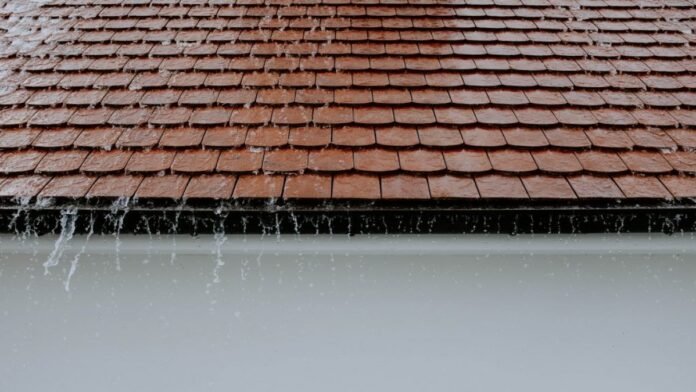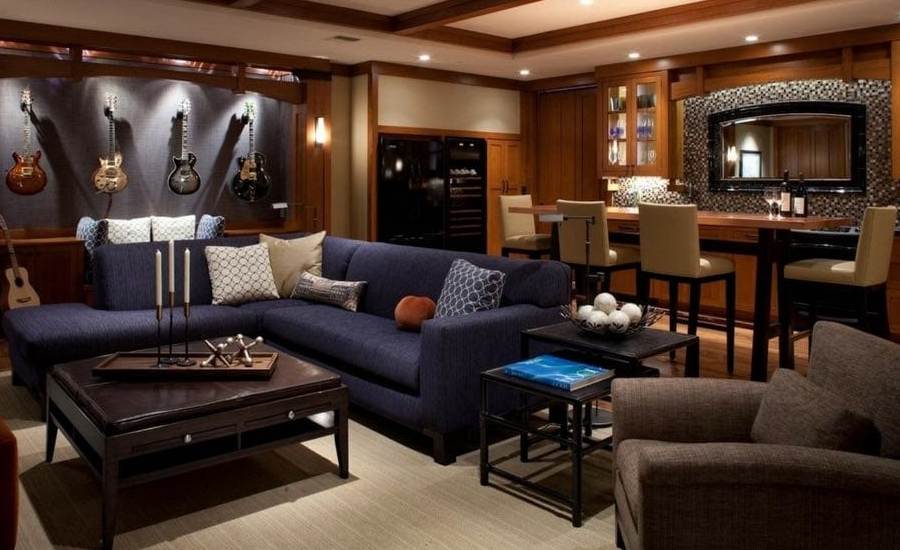A roof does not only improve your home’s look, but it protects your family and valuables from the harsh weather. It also keeps your home safe from pests, rodents and other intruders. No matter what kind of material it’s made of, roofs are vulnerable to damage. The most common problem that occurs in roofs is leaking. If your roof keeps leaking, here are some common reasons why and some solutions.
Poor Installation
A poorly installed roof cannot withstand the harsh weather conditions adequately, and will eventually start to leak. Also, for it to last a long time, proper installation is critical. It involves getting a roof appropriate for your house design, finding the right contractor, and ensuring the use of quality materials. If you suspect a poor installation is the reason, have a roof repair expert inspect it. Possible solutions to a poor installation include:
- Replacing shingles
- Fixing the flashing around any chimneys or vents
- Ensuring the ridge caps are correctly sealed
Bad Flashings and Flashing Seams
Flashings are metal sheets that cover a roof’s edges and joints. When the flashing is not sealed correctly, water can seep through tiny gaps, causing the roof to leak. Besides watching for leaks, you can also check for signs of rust.
Rusting occurs when the flashing is not made from durable material or is exposed to harsh weather conditions for too long. Also, check if the seams are properly sealed.
Age of the Roof
The older your roof gets, the more likely it will start leaking because of damage caused by harsh weather conditions, age, and decay over time. Another reason older roofs start leaking is when the sealant wears off. Install a new roof when the existing one is about 20 years old, depending on where you live and the roof material.
Incorrect Materials Used in Installation
Make sure the roof is made from suitable materials by considering the climate and location where you live. Ask experts, and check what other homeowners in your area use for similar home designs. You may also want to check how long the manufacturer recommends the roof to last and any warranties. Always opt for quality materials, even if they cost a little bit more.
Trees Near Your Roof
Trees close to your roof can drop debris on it, causing problems such as slopes damage and leaks. Sharp branches can scrape off the protective outer layer. Ensure any trees close to your home are trimmed regularly, and that no branches touch the roof.
Poor Ventilation
Proper ventilation is vital for a roof to last a long time. When it’s poorly ventilated, heat and moisture build-up cause damage that leads to leaks. To ensure good ventilation, have your gutters, vents, and louvers inspected regularly. Also, check that your attic has adequate venting for good airflow.
Excessive Heat or Cold
Harsh weather conditions speed up the aging process of a roof and cause damage, as your roof is sensitive to abrupt changes in temperatures. If it is exposed to excessive heat or cold, your roof may start leaking. Install insulation underneath and ensure you choose suitable materials to lessen the effects of harsh weather conditions.
Efflorescence
When water accumulates on the roof’s surface, it may cause efflorescence to form. This leads to leaks because the salt can erode the roof’s protective layer. You may need to remove efflorescence and clean the roof regularly to fix this problem. Efflorescence can also can drainage issues, so have an expert take a look if you suspect this is happening.
Roof Top Equipment
Areas near heavy equipment such as air conditioning units, exhaust fans, vents, or skylights can develop slope damage and leakage problems. Protect these areas by using heavy-duty materials. Additionally, reduce foot traffic on your roof, do not mishandle its parts, and avoid dropping heavy or sharp tools on it.
Proper Roof Maintenance Is Critical
If your roof does not drain properly, the water may cause damage to the foundation or interior of your house, eventually leading to leaks. Plan for roof inspections and maintenance services at least twice a year. As you will realize, taking care of your roof makes it last longer and reduces the chance of leaking and other costly damages.



















